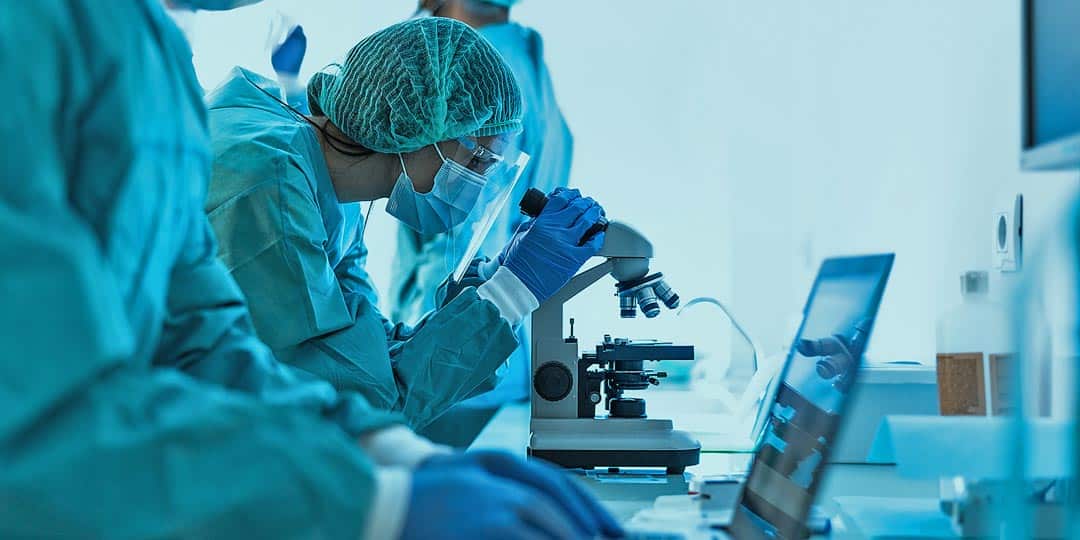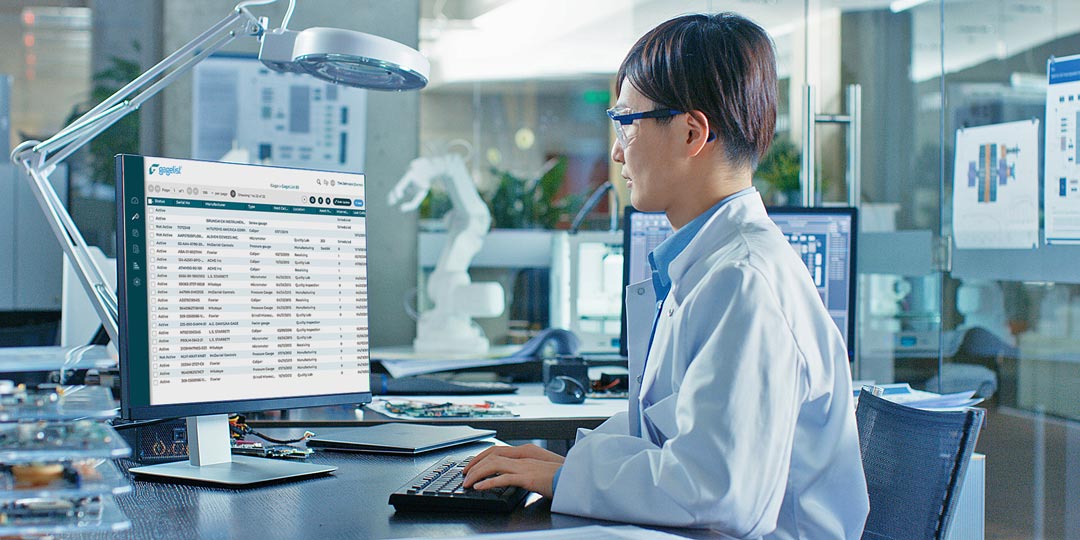Calibration Requirements of ISO 13485
ISO 13485 Compliance for the Medical Device Industry
What is ISO 13485?
ISO 13485 is an international standard that defines the requirements for quality management systems (QMS) related to medical devices. This standard encompasses various aspects of medical device production, including the design, development, production, installation, and servicing processes. One crucial aspect of ISO 13485 is the control of monitoring and measuring equipment, which includes calibration requirements. This article will discuss these calibration requirements and how GageList, a calibration management software, can help organizations meet the calibration requirements of ISO 13485.
Calibration Requirements Under ISO 13485
ISO 13485 sets general requirements for calibration to ensure that monitoring and measuring equipment used in medical device production provides accurate and reliable results. The standard addresses the following aspects:
- Selection and use of appropriate equipment: Organizations must choose suitable monitoring and measuring equipment that is capable of providing the necessary accuracy and precision for their processes.
- Calibration and verification: Monitoring and measuring equipment must be calibrated and verified at specified intervals or prior to use, following defined procedures. Calibration should be traceable to recognized national or international measurement standards. If no such standards exist, the basis for calibration should be documented.
- Records: Organizations must maintain records of calibration and verification activities, including equipment identification, calibration date, calibration results, and the name of the person who performed the calibration.
- Electronic signatures: If electronic signatures are used, they must be managed in such a way as to ensure they are secure and reliable and meet regulatory requirements, including ensuring that the electronic signatures are unique to the signer, are linked to the signed document, and are under the signer’s control.
- Handling and storage: Monitoring and measuring equipment must be properly handled, preserved, and stored to maintain accuracy and fitness for use.
- Adjustment, re-calibration, or replacement: If equipment is found to be out of calibration, appropriate corrective actions must be taken. This may include adjusting the equipment, re-calibrating it, or replacing it. Affected products should be assessed for potential impact on their quality and safety.
- Identification: Equipment should be labeled or otherwise identified to indicate its calibration status and the date of the last calibration.
- Internal Audit: Requires periodic internal audits of records to ensure the QMS is effectively implemented and maintained, and to identify opportunities for improvement.
- Evaluation of external calibration providers: If calibration services are outsourced, organizations must ensure that the external providers meet the necessary requirements for calibration competence and traceability.

Calibration-Related Clauses in ISO 13485
The specific clauses of ISO 13485 related to the calibration requirements and control of monitoring and measuring equipment mentioned above can be found in the following sections:
- Clause 4.2.5: Control of records – Addresses the need for controlling records, and includes guidance on digital signatures. Organizations must establish documented procedures to define the controls needed for the identification, storage, protection, retrieval, retention, and disposition of records. If electronic records or digital signatures are used, organizations must ensure the authenticity, integrity, and confidentiality of the records. Calibration records are one of the record types that these controls cover.
- Clause 7.1: Planning of product realization – Organizations must plan and develop processes needed for product realization, including identification of suitable monitoring and measuring equipment.
- Clause 7.3.3: Design and development inputs – Highlights the need to identify appropriate monitoring and measuring equipment during the design and development process, as it can have a direct impact on product performance.
- Clause 7.5.1: Control of production and service provision – Emphasizes the importance of controlling production and service provision, including the use of suitable monitoring and measuring equipment.
- Clause 7.5.6: Validation of processes for production and service provision – Requires organizations to validate any software used in production or service provision, particularly when the software’s output cannot be verified by subsequent monitoring or measurement. The validation process should include documented procedures for software validation, ensuring the software meets the requirements for its intended use, and maintenance or records of software validation activities, including validation plans, procedures, and results.
- Clause 7.6: Control of monitoring and measuring equipment – Outlines the need to establish processes for calibration, verification, adjustment, handling, storage, and identification of monitoring and measuring equipment. It also addresses the evaluation of external calibration providers.
- Clause 8.2.4: Internal Audit – Focuses on planning, conducting, reporting, and following up on internal audits. The purpose is to ensure the QMS is effectively implemented and maintained, and to identify opportunities for improvement.
By adhering to these clauses of ISO 13485, organizations can ensure that they have an effective QMS in place for controlling monitoring and measuring equipment, which ultimately contributes to the consistent production of high-quality medical devices.

How GageList Helps Meet ISO 13485 Calibration Requirements
GageList is an online cloud-based calibration management software designed to help organizations streamline their calibration processes and maintain compliance with quality management standards such as ISO 13485. GageList can support companies in meeting the calibration requirements of ISO 13485 by providing the following features:
- Centralized gage inventory: GageList allows users to create and maintain a centralized database of all monitoring and measuring equipment used within the organization. This makes it easier to track and manage equipment information, including calibration status, due dates, and identification numbers.
- Calibration scheduling and reminders: GageList offers a scheduling feature that allows organizations to plan and track calibration activities. The software sends automated reminders for upcoming calibration tasks, ensuring that equipment is calibrated and verified at the required intervals.
- Calibration records and traceability: GageList helps maintain comprehensive calibration records, including equipment identification, calibration dates, results, and the person responsible for the calibration. These records can be easily accessed and exported, providing traceability and documentation needed for ISO 13485 compliance.
- Digital signatures: GageList’s powerful encrypted digital signature function makes compliance with ISO 13485 (as well as FRA 21 CFR Part 11) easy, convenient and secure.
- External calibration provider management: GageList supports tracking and managing calibrations performed by external calibration providers, ensuring that they meet the necessary traceability requirements.
- Customizable reports and analytics: GageList provides customizable reporting and analytics features that can help organizations identify trends, monitor equipment performance, and make data-driven decisions regarding their calibration processes.
- Information Security: Gagelist has achieved SOC2 compliance, demonstrating our commitment to maintaining high levels of security, availability, processing integrity, confidentiality, and privacy of our systems and data. As a cloud-based software, GageList stores data securely, with regular backups and data encryption, ensuring that calibration records are protected and available when needed for audits or other quality management activities.
With GageList, organizations of all sizes can more effectively manage their calibration processes and maintain compliance with ISO 13485 calibration requirements. The software helps streamline calibration tasks, improve traceability, and reduce the risk of non-compliance, ultimately contributing to the consistent production of high-quality medical devices.

